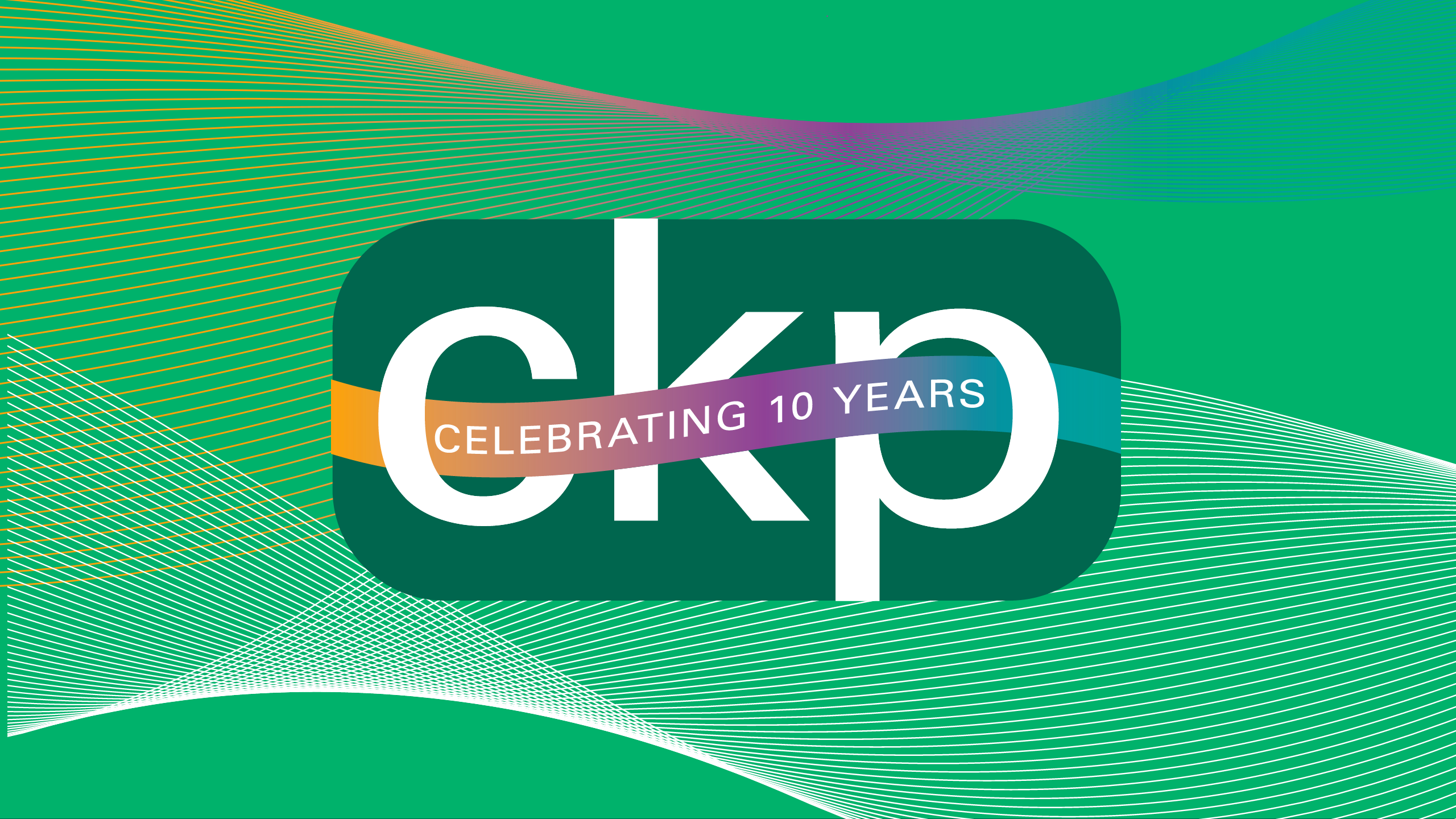The Power of Social Community Management: Why It’s Worth Your Time

In today’s digital-first world, simply having a presence on social media isn’t enough—brands need to be actively engaged and genuinely visible.
Consumers are no longer satisfied with automated responses and scheduled content. They want real-time interactions and meaningful connections that reflect a brand’s personality. When you actively engage with your audience, you create an opportunity to connect on a deeper level. It’s about more than likes and follows—it’s about building a community that believes in your brand. Engaged communities foster loyalty, turning everyday customers into advocates.
The heart of social media community management lies in relationships. When your brand listens, responds, and participates in conversations, your audience feels valued.
According to research from Sprout Social, 60% of consumers anticipate a response to their social media inquiries within an hour, while 42% expect a reply in just 30 minutes. Moreover, studies show that 92% of consumers have more trust in recommendations from friends and family than any other type of advertising, highlighting the significant influence of community-driven word-of-mouth marketing.
Still not convinced? Community management can reduce customer service costs by up to 90% by providing a platform for customers to help each other.
And this goes beyond customer service—effective community management cultivates a space where people feel heard and connected, strengthening your brand’s reputation.
What we’ll cover:
- What Is Social Community Management
- Why Companies Are Doubling Down on Community Management
- Building a Social Media Management Strategy
- Community Management Done Right: Tips to Elevate Your Strategy
- Measuring Social Community Management Success
What Is Social Community Management
At its core, social community management is about engaging with your audience. It might look like it’s replying to comments or liking posts, but it’s really about building relationships, addressing concerns, and being part of the conversation.
Your social community manager acts as your brand’s voice, guiding interactions and fostering connections. They help create a welcoming space where your brand and audience can engage meaningfully.
Think of them as your brand’s friendly guide or digital concierge.
Why Companies Are Doubling Down on Community Management
1. Digital Crisis Communications: Quick and Compassionate Responses
In the fast-paced digital landscape, a small complaint can quickly become a major issue if left unchecked. Companies increasingly recognize the need for a dedicated team to manage crisis communications. A skilled community manager can swiftly address concerns, de-escalate situations, and protect your brand’s reputation before things spiral.
2. Proactive Engagement: Starting Conversations
The best community managers don’t just react, they lead. By starting conversations, participating in relevant trends, and engaging with customers beyond transactions, they humanize the brand. This proactive approach makes your brand approachable and relatable.
3. Strengthening Relationships: Building Trust
Effective community management is rooted in relationship-building. Engaging with your audience regularly, whether through personalized responses or surprise shout-outs, builds trust over time.
4. Increasing Brand Visibility: More Than Just Posts
Engagement boosts visibility, amplifies your content’s reach, and allows more people to discover and interact with your brand organically. Consistent, meaningful interactions help transform passive viewers into active participants who are more likely to share and talk about your brand.
5. Building Loyalty: Turn Followers Into Champions
It’s more than just advertising—it’s about crafting moments people love to share. Those shared experiences build loyalty, turning casual followers into true, long-term supporters who champion your brand, spread the word, and stay engaged for the long haul.
Building a Social Media Management Strategy
Building a strong social media management strategy starts with having a clear plan from the beginning. Without it, it’s easy to get lost in the noise or miss opportunities to connect with your audience. A well-thought-out plan ensures that every post, interaction, and decision serves a purpose and contributes to your business goals.
- Clear Goals: Align community management efforts with business objectives like engagement, reach, and conversions.
- Defining Team Responsibilities: Clearly outline roles within your team to ensure everyone understands their tasks, fostering accountability and smooth implementation of social management strategies.
- Social Monitoring: Keep track of conversations and mentions of your brand to spot trends, assess feedback, and address emerging issues in real-time.
- Social Listening: Go beyond monitoring by analyzing the broader context of discussions to gain deeper insights into audience sentiment, needs, and opportunities for engagement.
- Engagement Guidelines: Establish best practices for responding to comments, engaging in conversations, and handling crises.
- Content Strategy: Develop a plan for sharing content, including educational posts, user-generated content, and timely updates.
- Influencer and Advocate Engagement: Partner with influencers and highlight brand advocates to increase reach and engagement.
- Crisis Management Plan: Prepare protocols for addressing negative feedback, sensitive topics, and unexpected crises.
- Measurement and Analysis: Track metrics like engagement rates, sentiment, and audience growth to continuously refine your approach.
Community Management Done Right: Tips to Elevate Your Strategy
Listen First, Respond Thoughtfully
Focus on responding well. Listen to what your audience says, even when they’re not tagging you directly. Social listening can help you track relevant keywords and brand mentions, giving you insights to engage meaningfully
Be Consistent Across All Platforms
Each social platform has its vibe, but your brand’s voice should stay consistent. Whether you’re on X (formerly Twitter), TikTok, or Instagram, your community manager should reflect your brand’s personality while adapting to the unique nuances of each platform.
Embrace User-Generated Content
Encourage your audience to create content around your brand and celebrate it when they do. Sharing user-generated content not only builds trust but also strengthens community bonds. People love seeing their content featured, so it’s a win-win for everyone.
Stay Human: Show Personality and Have Fun
Social media is about people connecting with people, not faceless companies. Don’t be afraid to show some personality! Your community manager should embody the values that make your brand unique—whether it’s humor, creativity or a touch of quirkiness.
Measuring Social Community Management Success
Social measurement has traditionally been a tricky subject, with many variables to consider and no one-size-fits-all approach. However, tracking the right metrics can provide valuable insights into your community’s health, engagement, and overall impact. Here are some key metrics to keep in mind as you evaluate your community’s performance.
Engagement Metrics
- Active Members: Monitor the number of users engaging daily, weekly, or monthly in your community.
- Engagement Rates: Evaluate platform-specific interactions like likes, comments, and shares.
- Contributing Users: Keep track of how many members are actively creating or interacting with content, such as posting or commenting.
- Depth of Engagement: Analyze the difference between people who view content versus those who take action, like completing a survey.
Growth and Retention Metrics
- Audience Growth: Measure the increase in members, sign-ups, or followers over time.
- Retention Rates: Track how long members remain active in the community.
- Conversion Rate: Assess how many visitors transition into registered or active members.
Content and Participation Metrics
- Content Performance: Review the success of posts or articles by analyzing views, clicks, comments, and shares.
- Participation in Initiatives: Monitor involvement in activities like surveys, challenges, or campaigns.
- Event Registrations: Track attendance for brand-related events or activations.
Response and Support Metrics
- Response Time: Measure the average time it takes to reply to member questions or concerns.
- Resolution Time: Evaluate the time taken to resolve community issues or queries.
Sentiment and Feedback Metrics
- Sentiment Analysis: Use tools to assess the overall tone and sentiment of community discussions.
- Satisfaction Scores: Gather and evaluate member feedback using surveys or polls.
Demographic and Representation Metrics
- Diversity of Participants: Track demographic information such as age, gender, and location to assess the diversity within the community.
- Representativeness: Compare the community’s demographics to broader population statistics to ensure inclusivity.
Impact Metrics
- Changes Implemented: Track the number of changes or improvements made as a result of community input.
- Alignment with Goals: Monitor how well community feedback aligns with the project’s overall objectives and outcomes.
While numbers and data provide valuable insights, some of the most important feedback comes from stories and experiences that can’t be measured by metrics alone. A successful feedback loop goes beyond just tracking the numbers; it involves listening to your community, understanding their evolving desires, and adapting accordingly. Consumer needs and preferences will constantly shift, and it’s crucial to remain agile, responding not just to what the data says but also to what your audience feels.
This qualitative feedback is just as important as the quantitative, ensuring that your community remains engaged and your strategy continues to resonate on a deeper level. For public relations professionals, this is where the real game-changing work happens.

Gabrielle’s passion for storytelling was sparked in childhood. Her quick thinking and creative flair give her a strategic edge in delivering impactful work for clients both on and off the screen.
More Blog Posts

Let’s be real—communication at work is kind of like a group chat. Some people over-share, some barely respond, and others...

Once upon a time, PR meant faxing a press release and hoping someone, somewhere, had paper in their machine. All...

Employee Appreciation Day, recognized on the first Friday in March, will be celebrated this year on March 7. It is...

1. The Power of Sustained Impression (Or: Stop Passing Out at First Dates) Let me tell you about a date...

